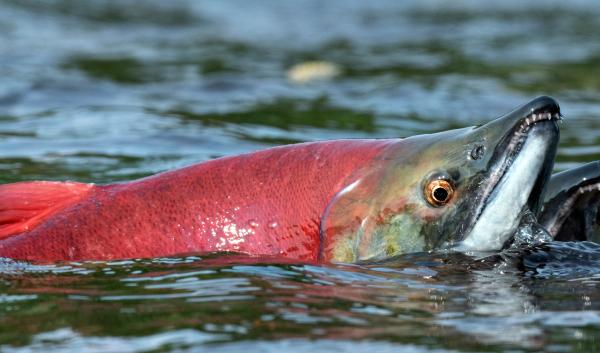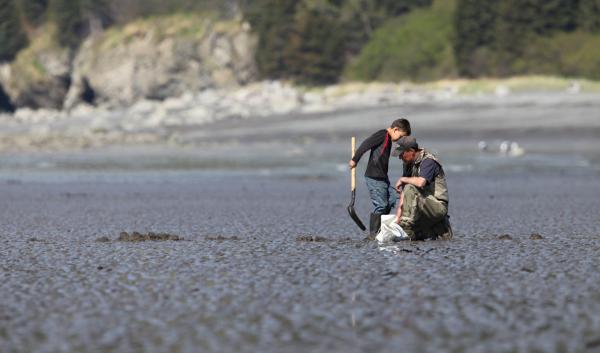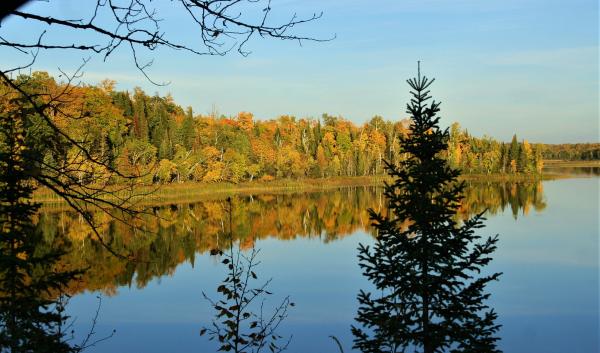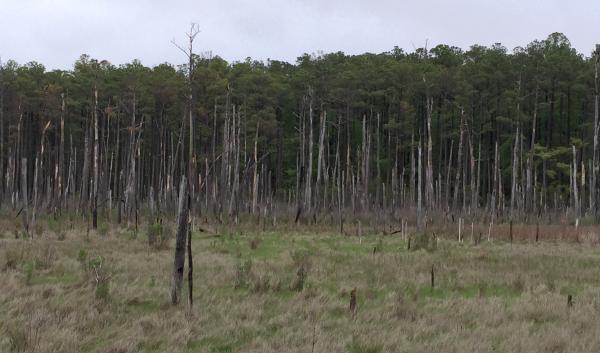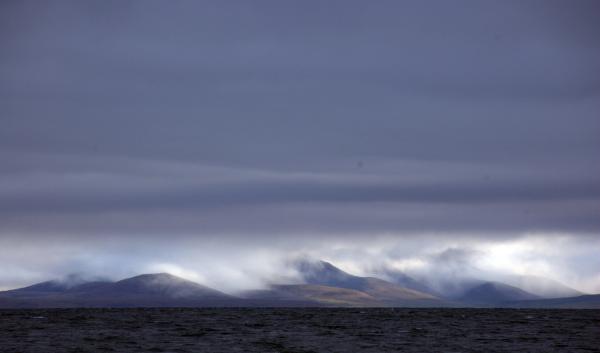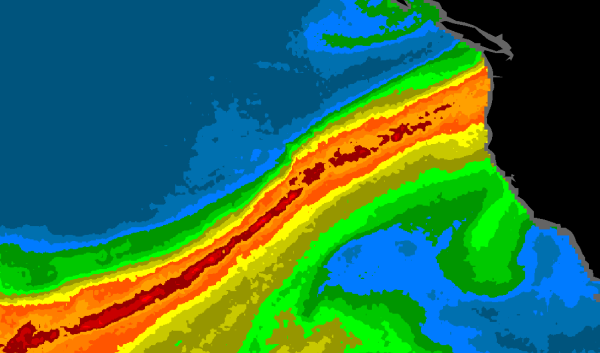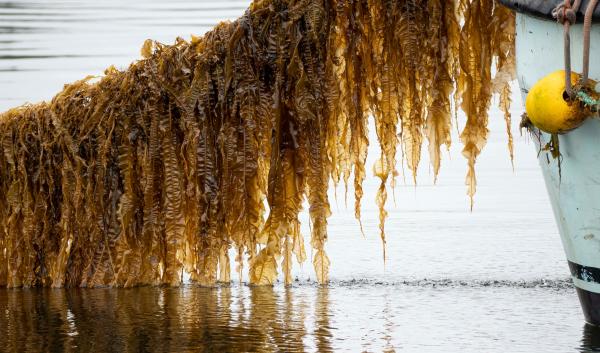Coastal
The coastal US is at the forefront of many climate change induced stressors. Sea level rise, saltwater intrusion, coastal subsidence, and coastal erosion create a feedback cycle that leads to land loss and diminished freshwater resources for agricultural and forest systems, as well as increased vulnerability to storm events. Coastal subsidence, primarily caused by an increase in groundwater demand and the subsequent reduction in the groundwater table, is exacerbated by rising seas. As the lens of saltwater pushes farther into above the brackish and fresh groundwater table, forested systems accustomed to less saline water die, allowing more coastline to be lost to marshland and erosion. Additionally, drought frequency and duration are projected to intensify in some coastal areas, and could exacerbate these impacts. Planting more salt tolerant crops and more wind resistant trees can partially mitigate some impacts, though certain lands will likely undergo permanent ecosystem change. The changes in ecosystem type will become more likely and widespread over time.
Increased sea surface temperatures are expected to lead to less frequent but more intense (i.e., more Category 4 and 5) hurricanes. These storms can damage crops, livestock, plantation and natural forest systems through excessive precipitation, high winds, and storm surges. Where saltwater intrusion is also present, coastal forests may have difficulty recovering after a major storm.


